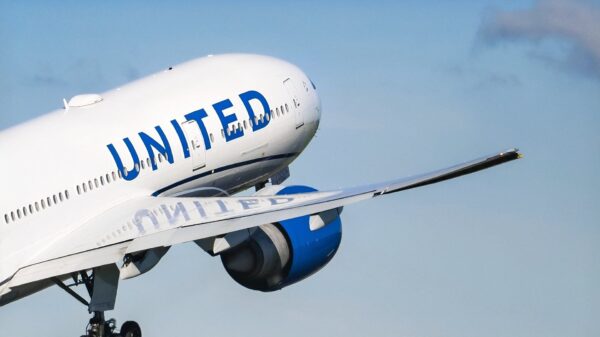Boeing has officially ended production of the legendary 747 aircraft, marking the conclusion of a significant era in aviation. The final unit, a 747-8F, was delivered to Atlas Air on January 31, 2023, concluding more than five decades of manufacturing since the aircraft’s introduction in the late 1960s. The decision to cease production comes in response to changing market dynamics, escalating operational costs, and advancements in aviation technology.
Significance of the 747 in Cargo Operations
The last delivered 747-8F will be operated by Atlas Air for Apex Logistics, underscoring the aircraft’s vital role in the air cargo sector. John Dietrich, then President and Chief Executive Officer of Atlas Air Worldwide, reflected on the moment, stating, “Our company’s history and success are directly linked to the 747 platform.” The aircraft has been a staple in cargo transportation, with Atlas Air having a rich history of operating various models since its inception over three decades ago.
This final aircraft, registered as N863GT, was ordered in January 2021 and took its inaugural flight in December 2022. It serves from Incheon International Airport (ICN) in Seoul, South Korea, continuing the legacy of an aircraft that has transported cargo to over 800 airports across more than 170 countries.
Reasons Behind Production Closure
Boeing’s decision to stop producing the 747 was influenced by a combination of factors. As airlines increasingly gravitated towards more fuel-efficient twin-engine aircraft, the operational costs associated with the 747 became a critical concern. Compared to modern designs like the Boeing 787 Dreamliner and the Airbus A350, the 747’s four-engine setup resulted in higher fuel consumption and maintenance expenses.
Additionally, the evolution of airline route strategies shifted towards point-to-point travel, reducing the demand for large-capacity aircraft originally designed for hub-and-spoke networks. This transition left the 747 less viable in a rapidly changing aviation landscape.
Despite its retirement from production, the Boeing 747 remains an enduring symbol of the jet age, recognized for its unique design and capabilities. When it first entered service, it revolutionized commercial air travel, offering unprecedented capacity and range. The aircraft’s legacy is further solidified by its substantial contributions to cargo operations, where it continues to excel.
With over 1,500 units produced, the Boeing 747 has left an indelible mark on the aviation industry. From its first flight in February 1969 to its commercial debut on January 22, 1970, the aircraft quickly became the flagship for major airlines like Pan Am, British Airways, and Lufthansa. As newer, more efficient aircraft took to the skies, many of the retired 747s found a second life as cargo carriers, taking advantage of their high payload capacity and unique nose-loading feature.
The transition from passenger service to cargo operations exemplifies the aircraft’s adaptability. Models such as the 747-400F and 747-8F were specifically designed for freight operations, equipped with reinforced floors and specialized cargo handling systems. Major logistics companies, including UPS and Cargolux, have integrated these freighter variants into their fleets, ensuring the 747’s legacy continues in the cargo industry.
As the aviation world bids farewell to the Boeing 747, its impact on both passenger and cargo transportation will be remembered for generations to come. The aircraft not only shaped the commercial airline market but also set the standard for future developments in aviation design and technology.




































































